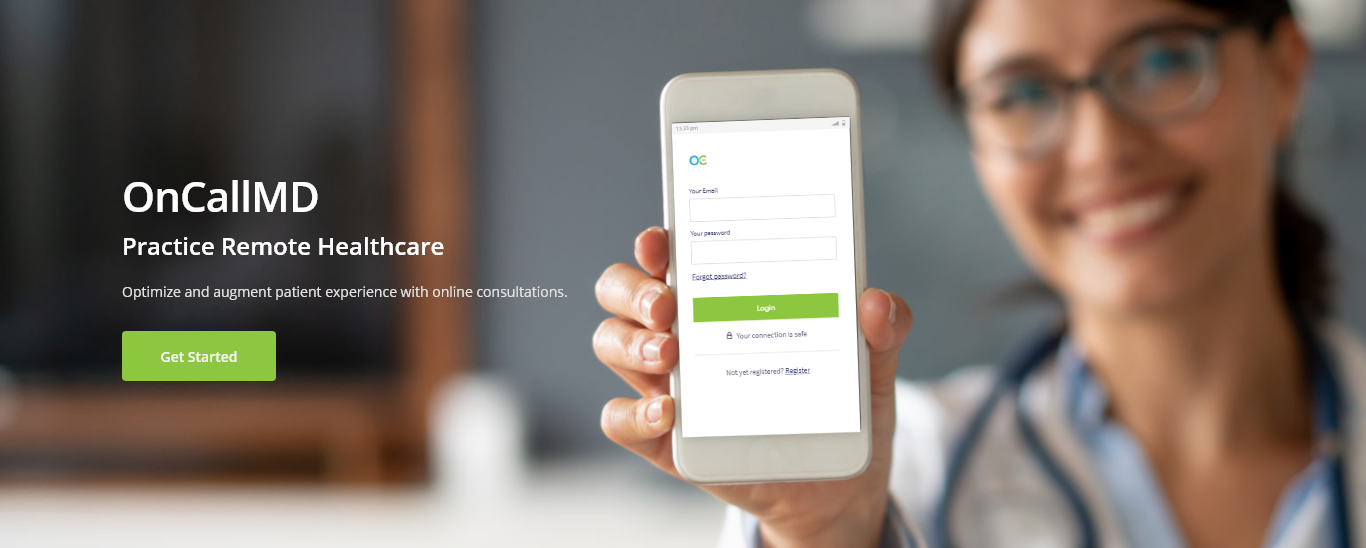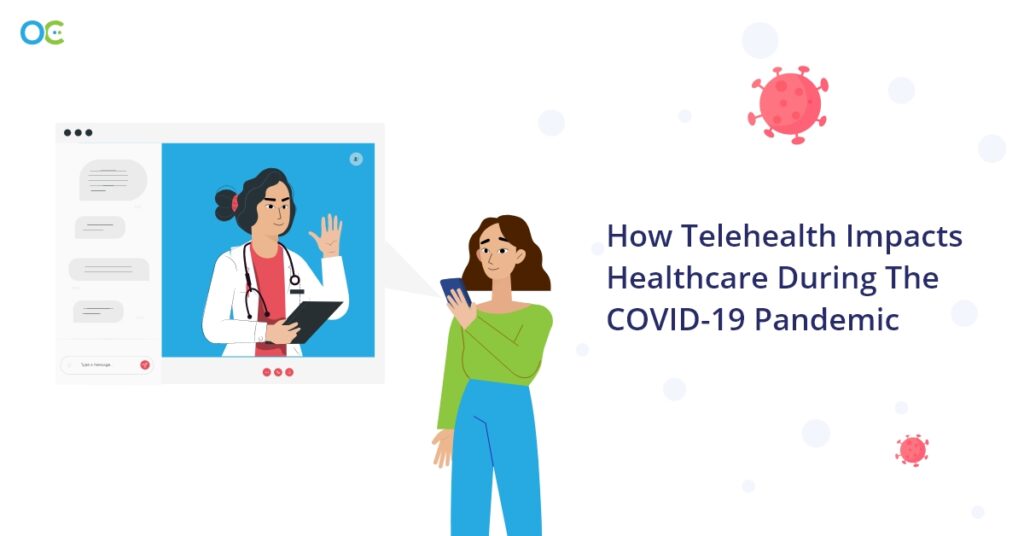

On March 11th, 2020, the World Health Organization (WHO) declared the coronavirus outbreak (COVID-19) as a global pandemic. Since then, healthcare providers around the world are considered to be at a higher risk of contracting the viral infection, owing to the human-to-human transmission mode effected through droplets from and physical contact with affected patients.
Advanced healthcare technologies like telemedicine and health wearables are now on the frontlines of the healthcare industry to support governments, healthcare institutions, providers, and patients to counter the COVID-19 pandemic. Telehealth apps like OnCallMD provide an effective and sustainable solution for physicians and healthcare organizations. They can facilitate zero contact provider-patient communication to promote early testing, diagnosis, and triage for COVID-19 patients who might need in-patient care in due course of time.
The telemedicine applications equip the physicians to seamlessly streamline the healthcare workflow right from patient registration to appointment scheduling and regular patient monitoring through real-time video conferencing. In addition, patients with compromised health due to pre-existing health complications, can avoid exposure to coronavirus through on-demand video consultations and in-store/online pharmacy assistance.
Physicians can schedule and conduct video-led teleconsultations 24/7 through HIPAA-compliant, cloud-based telehealth apps like OnCallMD. It benefits both symptomatic and chronically ill patients who can avoid face-to-face clinic visits and avail themselves of remote healthcare services like remote monitoring and specialty care management while staying at home and maintaining social distancing according to the international COVID-19 prevention guidelines from WHO.
“zero contact healthcare delivery” via telemedicine platforms helps reduce the risk of viral infection spreading to larger populations and the medical staff who are tirelessly working on the front lines. Telemedicine platforms help providers to arrive at the right plan of action for both at-risk and not-at-risk patient groups through rigorous pre-screening measures done virtually.
Policymakers, healthcare institutions, and providers across the country are now leveraging telehealth apps at a rapid rate to care for both non-COVID-19 and COVID-19 patients. A recent Merritt Hawkins report states that 48% of physicians in the U.S are currently treating patients through telehealth. Telehealth and remote delivery of healthcare is gaining momentum daily as a critical healthcare technology during the pandemic crisis.